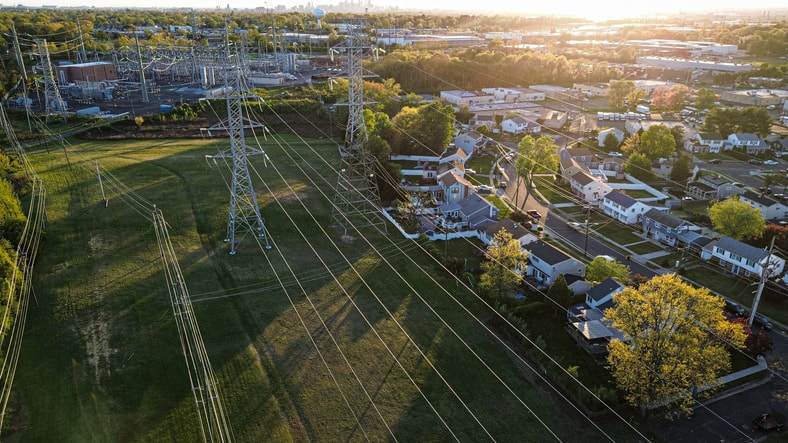Tuesday, April 22, 2025
The current electricity distribution network was designed for large power plants and national markets with alternating current cables. Today, the rise of renewable energies is leading experts to reconsider this approach
As Spain and Europe make progress in the energy transition, the advantages of a decarbonized economy are becoming evident, but it is also becoming clear that this is an unprecedented change. With the development of renewable energies, consumption and demand patterns have changed, which requires a more efficient distribution network that connects different points of the Old Continent.
This need is not unexpected. Back in 2012, the topic began to be discussed when different operators in the electrical system, consultants, and industrial companies participated in the e-Highway 2050 study, with the aim of analyzing the feasibility of a pan-European high-capacity transmission network. The result of these simulations revealed that the projected infrastructure for 2030 would be insufficient for 2050 energy scenarios.
That forecast has become a reality as we approach the dates set out in e-Highway2050. So much so that, recently, another investigation, this time carried out by University College Dublin, emphasizes the need for more intense investment in infrastructure to solve bottlenecks in the interconnection network and improve energy storage. According to this study, these improvements could even reduce system costs by 32%.
In line with these and other reports, the Council of Europe has recommended that the Commission promote the creation of a so-called European energy supergrid: “We must make an unprecedented investment in electrical networks to achieve an interconnected system, which is key for decarbonization, competitiveness, and supply security.” The organization urges that we “evaluate real investment needs and explore ways to increase them” and requests that the European Investment Bank “support the expansion and modernization of the network through financial initiatives.”
This supergrid would allow for the transmission of large volumes of electricity over long distances through high-voltage technologies. One of its strengths would be transporting energy from the northern regions of Europe, which have abundant wind and hydroelectricity generation, to the south, where solar energy predominates (and vice-versa). Its cross-border management would surpass the limitations of the traditional model. As an example to follow, the EU looks to the Scandinavian model, which is characterized by having a high level of interconnection, low emissions, liquid markets, and an effective daily price coupling.
Despite its potential, there are challenges to address in order to make it a reality, mainly because there are national disparities in terms of regulation and connectivity. Despite these challenges, the political will is there. Almost a year ago, Tinne Van der Straeten, Belgium's Minister of Energy, defended the EU’s ambition to be “more environmentally friendly, competitive, and resilient in the energy sector.” He emphasized the need for “a European supergrid to incorporate more renewables, support electrification, stabilize prices, and improve energy security.” The Council of Europe reiterated that the electricity grid must be planned at a continental scale, “coordinating national plans” to establish “greater connection between regions,” according to its conclusions from May 30th.
Therefore, it can be said that the future of energy in Europe will depend on the ability of its States to adapt and cooperate. So far, the transition’s progress has been unstoppable, to the point that the internal European electricity market has made significant progress in the last two decades, with renewable energies doubling since 2004 and surpassing 45% of total energy, as reported by the Council of Europe (almost 56% in the case of Spain, according to Red Eléctrica). With the same intentions and strategic planning, the EU could consolidate a modern and resilient electricity system, promoting not only sustainability, but also its competitiveness over the next two decades.
¿Te ha parecido interesante?





